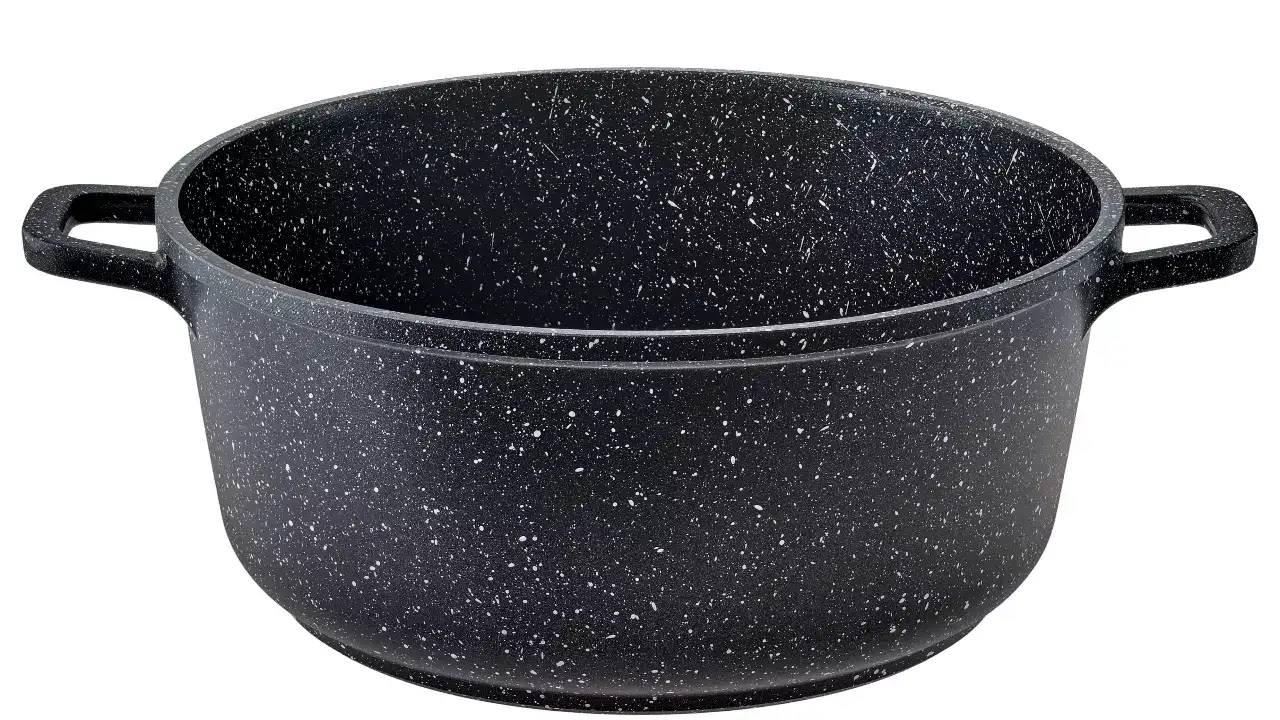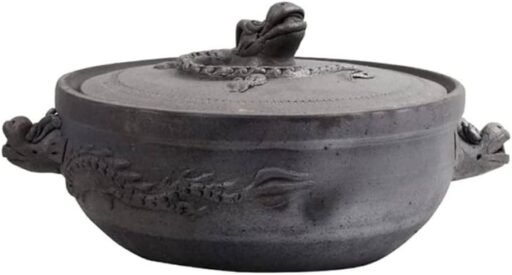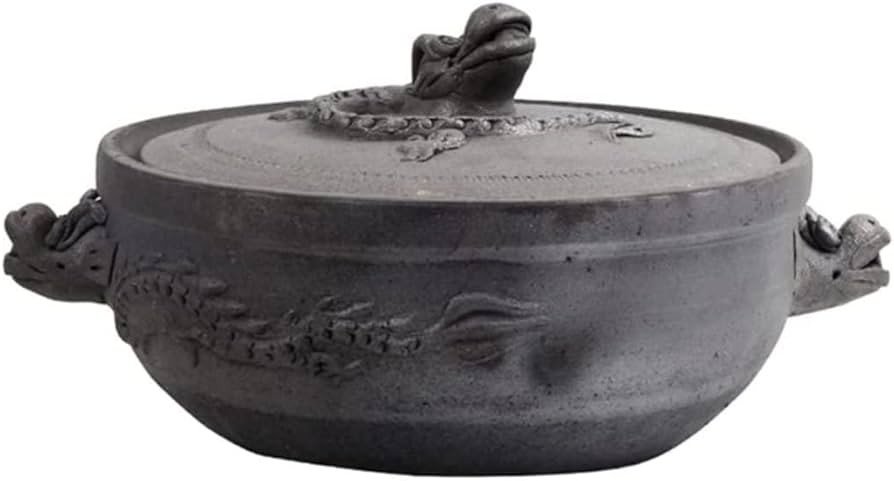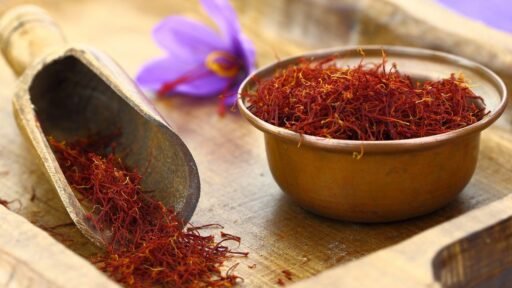Curious about stoneware cookware? Nexus Mag explores why cooking with stoneware is a healthy, natural choice and shares tips to use and care for it.
Why Choose Stoneware Cookware?
In an era of nonstick and glass pans, stoneware might seem old-fashioned, but its health benefits and durability make it a standout. Used for centuries, stoneware enhances flavor, retains heat, and cooks without chemicals. Made from fireclay baked at 2200–2800°F, it’s denser and stronger than regular clay pots, offering a safe, eco-friendly alternative to modern cookware. These benefits (~$20–$50 per piece) make stoneware a worthy kitchen investment.
Health Benefits of Stoneware Cookware
Stoneware’s natural properties promote healthier cooking:
- Even Heat Distribution: Absorbs and distributes heat uniformly, ensuring consistent cooking and better taste.
- Naturally Nonstick: Develops a patina over time, reducing oil use without chemical coatings.
- Chemical-Free Cooking: Free of lead or synthetic nonstick layers that can leach into food.
- Moisture Retention: Porous nature locks in moisture, keeping dishes juicy and flavorful.
Studies suggest chemical-free cookware like stoneware reduces exposure to toxins, supporting long-term health.
Additional Advantages of Stoneware
- Versatility: Ideal for roasting, baking, frying, or braising (~$30 for a multi-use pan).
- Durability: Resists chipping, warping, or wear, lasting generations.
- Eco-Friendly: Sustainable material with minimal environmental impact.
- Odor Resistance: Prevents lingering smells (e.g., fish) for cleaner cooking.
Stoneware’s timeless design and functionality make it a kitchen essential.

How to Use and Care for Stoneware
Proper care extends stoneware’s life and enhances performance:
- Seasoning: For unglazed stoneware, heat for 2 minutes, wipe with a cotton cloth, wash with mild dish soap, dry naturally, then apply a thin layer of natural oil (~$5 for oil). Store in a dry, dark place.
- Cleaning: Use mild soap and a nylon pad (~$2); avoid citrus-based cleaners or metal scrubbers to preserve shine.
- Avoid Thermal Shock: Cool to room temperature before cleaning or refrigerating to prevent cracking (~free).
- Dishwasher Use: Only glazed stoneware labeled dishwasher-safe; hand-wash unglazed pieces to maintain seasoning.
Tip: Soak in hot water for 30 minutes to remove stuck food without damaging the patina.
Stoneware in the Kitchen: Practical Tips
- Oven Safety: Safe for ovens, but avoid preheating empty stoneware or rapid temperature changes. Use at room temperature and with preheated ovens (~free).
- Microwave Caution: Only use if labeled microwave-safe; unglazed or metallic-glazed pieces may spark (~free).
- Freezer/Fridge Use: Safe if cooled to room temperature first; thaw frozen foods before cooking to avoid cracks (~free).
- Cooking Times: Follow standard recipe times, but add 1–2 minutes for convection ovens or short recipes (<10 minutes).
Cost: Maintenance is ~$5–$10/year, saving $100s on replacements.
FAQs About Stoneware Cookware
Is stoneware healthier than nonstick? Yes, it’s free of chemical coatings that may leach toxins, per experts.
How durable is stoneware? Highly durable; resists chipping and lasts decades with proper care.
Can stoneware go in the dishwasher? Only glazed, dishwasher-safe pieces; hand-wash unglazed stoneware.
Why season stoneware? Seasoning builds a nonstick patina, enhancing flavor and ease of cleaning.
Is stoneware eco-friendly? Yes, it’s sustainable and chemical-free, reducing environmental impact.
Embrace Healthy Cooking with Stoneware
From chemical-free cooking to lasting durability, stoneware offers a natural, healthy way to prepare meals. Start using it today and savor the benefits! Explore more kitchen tips in our Health/Wellness hub at Nexus Mag.






